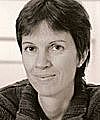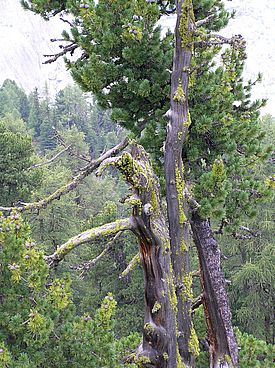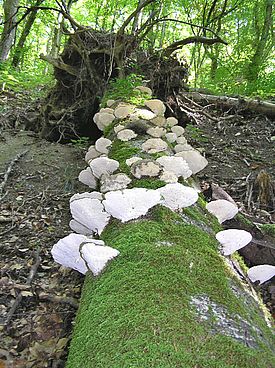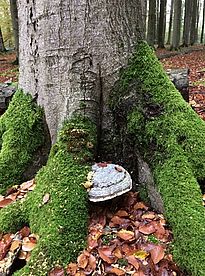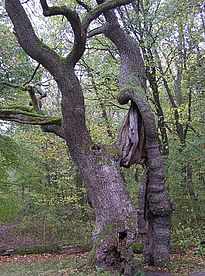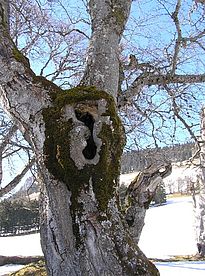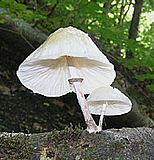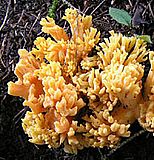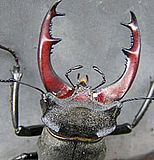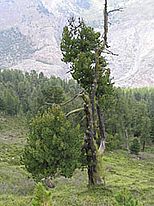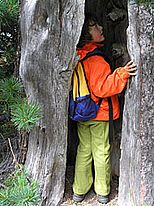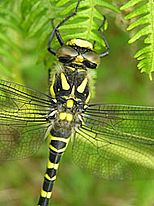The maintenance of biodiversity is a key issue of sustainable forest management in Switzerland. In particular, dead and old trees play in important role for thousands of forest-dwelling species. In managed forests, large dead and very old trees, key elements for dead-wood dependent species, are often lacking. Consequently, in order to be sustainable the Swiss forest management needs a strategy for the maintenance of dead wood and veteran trees. I am searching for answers to questions such as: Which dead wood and old tree management techniques are most suitable for different regions of Switzerland? Are there regions of special concern for the maintenance of dead-wood species?
